For new studies, a long -term development path needs to be established in astronomy. Do you do so well?
Author:Astronomy online Time:2022.07.24
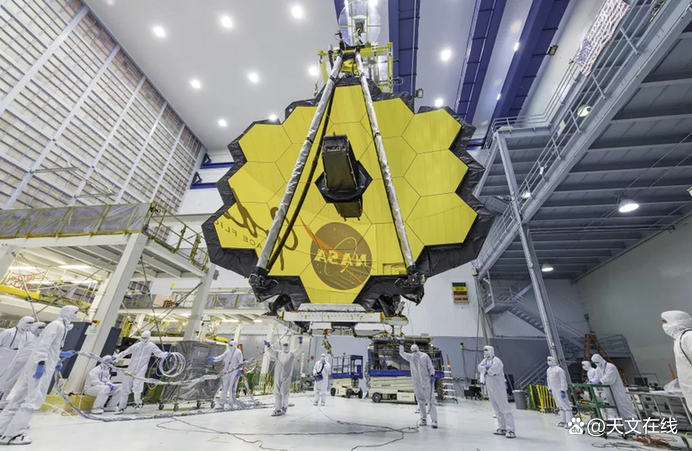
Photo: In 2017, the main mirror of James Weber Astronomical Telescope of the United States Aerospace
Whether it is a new generation of Observatory on the ground or in space, it costs a lot of costs. In fact, the cost scale they consume is similar to large civil engineering, such as building a new railway or renovating a new channel. And if we cannot immediately obtain benefits from these projects, then we are not willing to continue to invest in these projects.
A astronomer proposed in his new paper that if scientists hope that astronomy can continue to prosper in the 21st century, then we need a new path: look at the construction of the new observatory from the perspective of public interest and use it for other space infrastructure Construction.
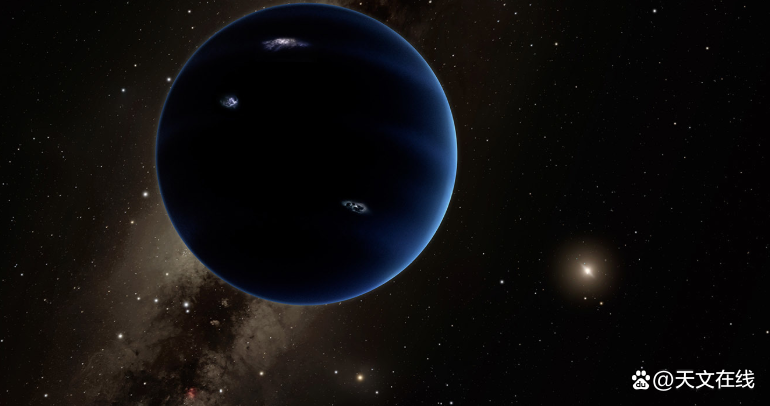
The future of astronomy is in space. Recently, the heavenly foundation Observatory project has supplemented the foundation project. In the field of space, astronomers do not need to deal with atmospheric distortion or face some wavelength filtering in the electromagnetic light. On the other hand, ground astronomy also has its own advantages, such as the ability to build a large telescope and shorter time and relatively low cost.
However, in the next decades, some scientific goals must be achieved in space. For the construction of the logistics system and engineering, the telescope with a diameter of 20 meters (65 feet) in the ground is very challenging, but it is relatively easy in space. These large observatory can directly photograph the surface of the planet on the ground, or peep at the farthest point of the universe.
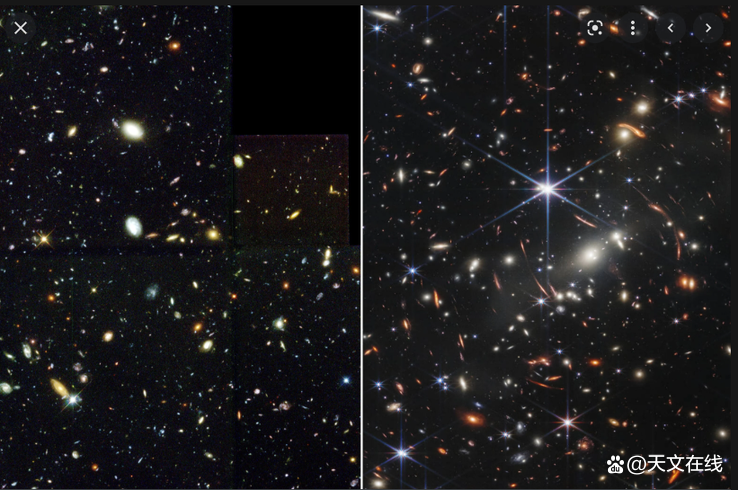
In addition, the earth is full of radio interference. If a radio observatory is established on the moon, then we can obtain an unrecommiability radio signal sent from the depths of the universe, so as to open a new world in this field.
We can shoot all the planets we want to shoot, but if we want to directly get the geological data of other planets and the structural clues of the solar systems of these planets, then we also need to launch a detector.
Unfortunately, according to a pre -printed paper recently released by the ARXIV database, the design and launching strategy of our current vacant astronomical detector cannot be applied to long -term goals.
According to the point of view, there are two major problems in our model. First, the cost of the new observatory and detectors will increase to one million US dollars or even hundreds of millions of dollars. These funds often leave large civil engineering projects that can bring the public in return to the public. In contrast, although astronomical projects are worthy of science, the public is often difficult to understand or perceive its return.
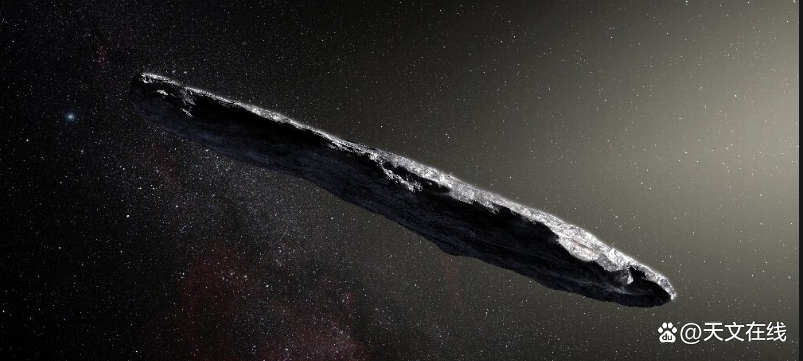
Second, the time for launching new detectors is increasingly extended. This is because in the face of these large expensive detectors, we have only one chance to ensure that the detector is successfully launched. Otherwise, the entire project is a huge waste. In order to minimize risks, the person in charge of the detector must be extremely careful, which leads to the delay of the project and cost overrun. A detector often costs about 10 to 20 years from the design stage to the real use and collecting data.
The long time cost has brought tremendous pressure to young researchers. Because they may need to invest in the career of the entire life to prepare a task and make them form a useful scientific theory, and this status quo may make astronomy workers who have just entered this field.

So, what can astronomers do? How can they ensure public support? In the face of young astronomy scholars, how can they fulfill their promises?
According to the point of view, the solution is to ensure that the new empty astronomical project generates direct public interest. Astronomers need to sell these observatorys to the wider public. Although the public understands the history of the solar system or the essence of the distant field planets, it will be better if the public can quickly directly feel the economic value of the project.
The author proposes that first of all, the Space Department and the national fund agency should focus on more small and more frequent tasks. For example, the astronomy community will gain a lot from the upcoming James Weber space telescope, but we can also obtain benefits from a series of new telescopes similar to Hubble Telescope. Small and low -cost projects can also obtain benefits from rapid development technology, and reduce costs by using verified technology.

The author said that astronomers should be committed to achieving industrialization and availability of space results, rather than always focusing on large iconic tasks. Private enterprises are eager to promote the development of communication by launching new satellites. So, can the astronomy world use this advantage?
The article pointed out that the astronomy community should cooperate with engineers, architects, energy suppliers, and other industry experts. Through this cooperation method, astronomers may find new paths to obtain funding and continuous support.
Does the new observatory have the opportunity to create a direct public interest? For example, a bunch of radio antennas on the other side of the moon may help us reveal the origin of the stars. What else can we do? We may need to develop many science and technology, so as to establish observation stations in the moon and tap the resources on the moon. These technologies will bring instant actual interests to private interest groups and public interest groups in the space field.
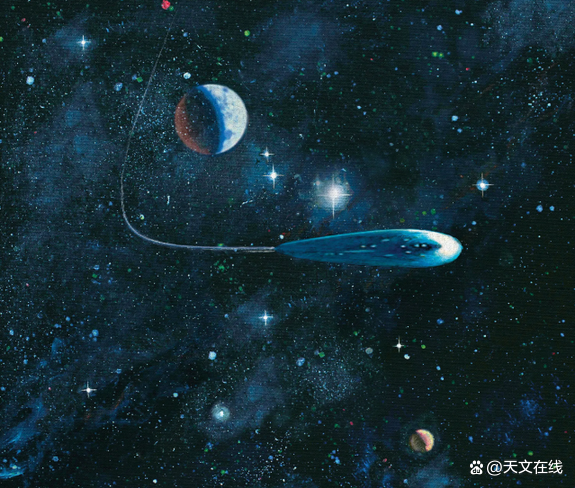
In this idea, astronomy is like a pioneer team developing and deploying empty -based technology.These technologies can empower more infrastructure in space and further promote more magnificent scientific experiments.Indeed, by weakening the scientific tasks of the grand science science, encouraging the task of small industrial interweaving can form a new path for the development of astronomical cause, and this path will accelerate the dream of astronomers.By: Paul Sutter
Fy: Autumn
If there is related content infringement, please contact the author to delete after the work is released
Reprinted, please obtain authorization, and pay attention to maintaining integrity and indicating the source
- END -
"Tianwen" questioned the second anniversary of the sky: successfully obtaining the high -definition image continued to carry out Mars global remote sensing detection
July 23, 2022 is the second anniversary of the launch of Tianwen No. 1 mission.According to the latest news of the National Space Administration, recently, Tianwen No. 1 running team seized the time w
Snapdragon 8+ Jogely self -developed chip v1+ Future e -sports flagship IQOO 10 series debut

Global first production of 200W super pop -up charging, performance and image both...